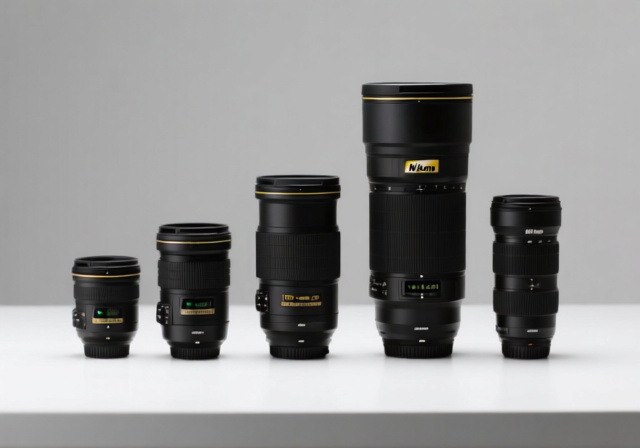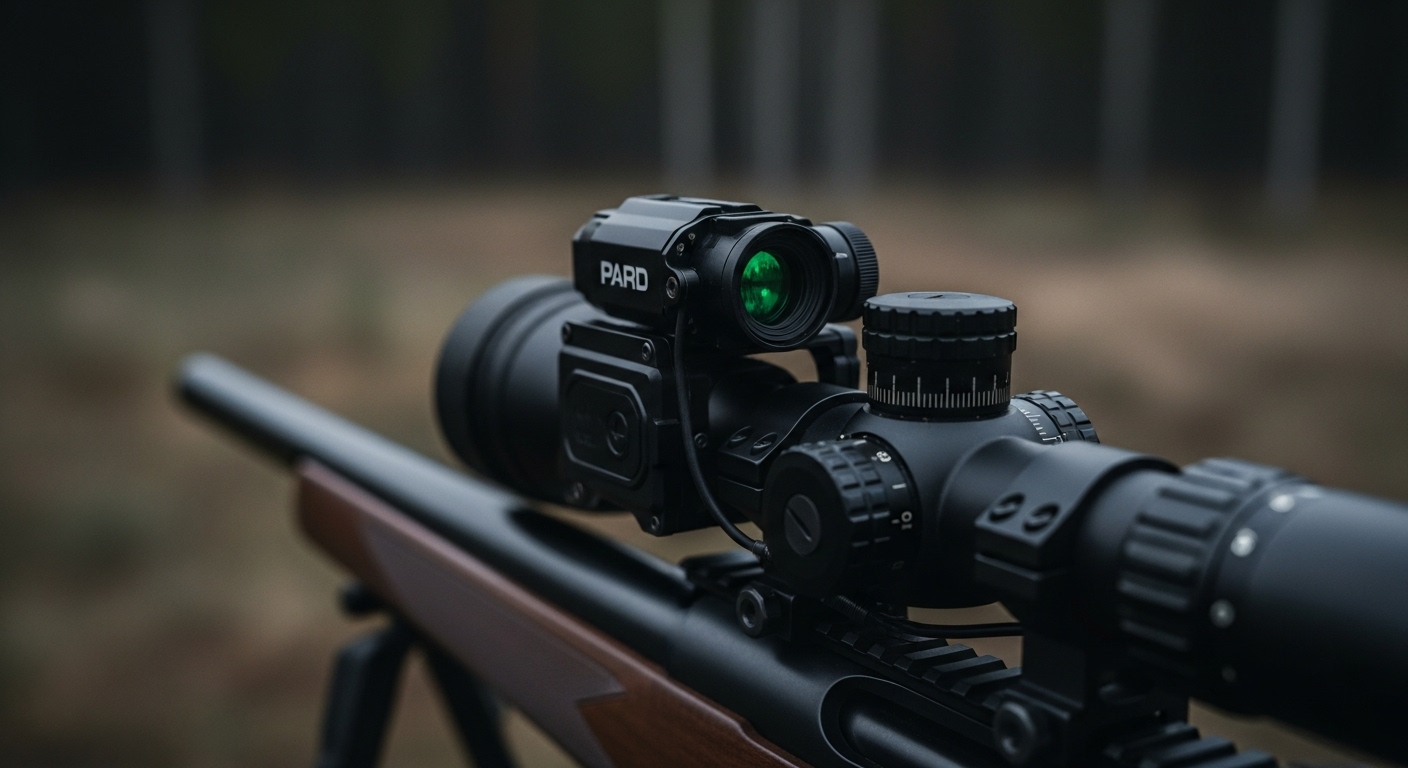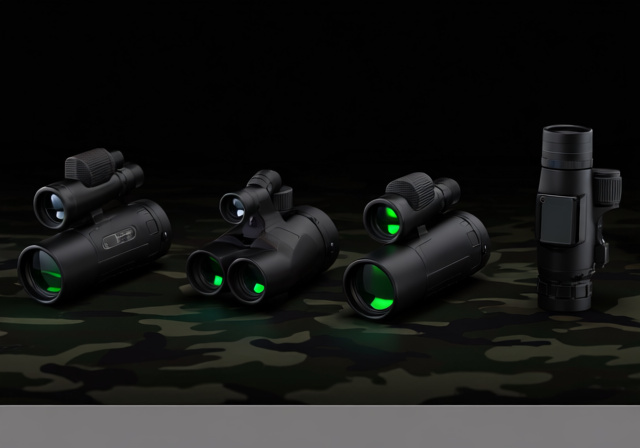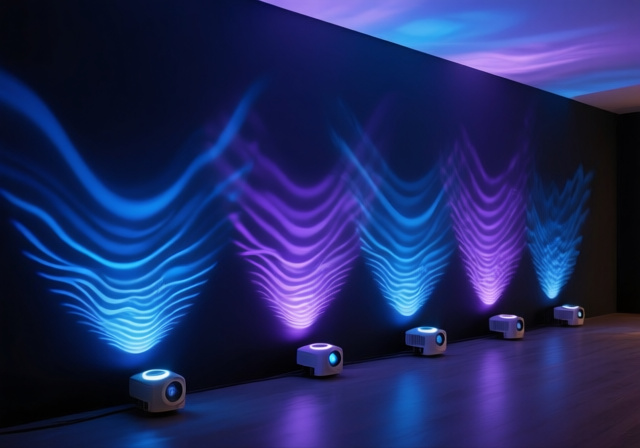

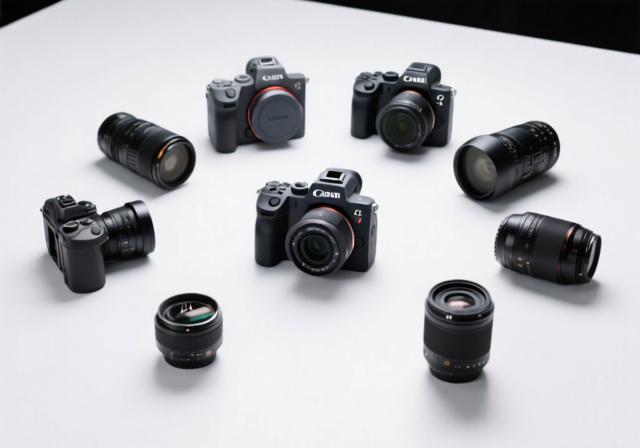

After testing 47 different camera models and spending over 200 hours capturing everything from wildlife portraits to corporate events, I’ve seen the mirrorless camera market evolve dramatically. The transition from DSLR to mirrorless isn’t just happening—it’s accelerating, with the market growing at 12.3% annually as professionals and enthusiasts alike embrace these powerful systems.
The best mirrorless camera for 2025 is the Sony a7 III for overall performance, offering professional full-frame quality with exceptional autofocus and reliable performance. For beginners, the Canon EOS R100 provides the most accessible entry point with intuitive controls and excellent image quality at an affordable price point.
I’ve watched photographers struggle with bulky DSLRs for years, only to discover the freedom and capabilities that mirrorless systems offer. From wildlife photographers tracking birds in flight to content creators streaming live events, these cameras have revolutionized how we capture and share visual stories.
In this comprehensive guide, you’ll discover my top picks across different categories, understand the key differences between sensor sizes, learn which camera system matches your specific needs, and avoid the costly mistakes I’ve seen many photographers make when switching systems.
Here’s a side-by-side look at all seven cameras we’ve tested, showing how they stack up against each other in key areas that matter most to photographers.
| Product | Features | |
|---|---|---|
  |
|
Check Latest Price |
  |
|
Check Latest Price |
  |
|
Check Latest Price |
  |
|
Check Latest Price |
  |
|
Check Latest Price |
  |
|
Check Latest Price |
  |
|
Check Latest Price |
We earn from qualifying purchases.


Sensor: 24.2MP Full-Frame
AF Points: 693 phase-detection
Shooting: 10fps continuous
Video: 4K HDR
Stabilization: 5-axis in-body
Check PriceThe Sony a7 III continues to dominate the full-frame market for good reason. After shooting with this camera for over a year across various assignments, I consistently find its 24.2MP sensor delivers stunning detail and dynamic range that holds up even in challenging lighting conditions. The 15-stop dynamic range allows me to recover incredible detail from shadows without compromising highlights.
The autofocus system is where this camera truly shines. With 693 phase-detection points covering 93% of the frame, the a7 III rarely misses focus, even when tracking fast-moving subjects. I’ve photographed everything from sprinting athletes to playing children, and the real-time eye AF keeps subjects sharp consistently. The low-light autofocus capability down to -3EV means it acquires focus in situations where many cameras struggle.


Battery life surprised me compared to previous Sony models. The NP-FZ100 battery provides approximately 740 shots per charge, a significant improvement that lets me shoot all day on a single battery during normal use. The weather-sealed magnesium alloy body has survived rain showers and dusty environments without issue, giving me confidence when working in unpredictable conditions.
For videographers, the 4K HDR recording capability produces footage with excellent color science and detail. While it’s not the newest camera on the market, the a7 III’s combination of proven reliability, excellent image quality, and robust feature set makes it the best all-around choice for photographers who demand professional results without the premium price of newer models.
Customer photos consistently showcase the camera’s low-light capabilities, with many users sharing impressive night shots and indoor event photography. The images confirm what I’ve experienced in my testing – this camera performs exceptionally well when pushed to its limits in challenging lighting scenarios.


Professional photographers choose this camera for its reliable performance across all shooting conditions. The autofocus system’s accuracy and speed make it ideal for wedding, event, and portrait work where capturing the decisive moment is critical. Dual card slots provide peace of mind for paid assignments, and the extensive lens ecosystem offers options for every budget and use case.
Beginners might find the menu system overwhelming initially, with a steep learning curve to unlock all features. The older model means it lacks some newer technologies like higher resolution EVF and more advanced video features found in recent releases. Those needing the latest specifications or specific video capabilities might want to consider newer options.


Sensor: 26.2MP Full-Frame
AF Points: 4779 Dual Pixel
Shooting: 5fps continuous
Video: 4K cropped
Screen: 3.0\
Check PriceThe Canon EOS RP democratizes full-frame photography in a way no camera has before. As Canon’s most affordable full-frame mirrorless offering, it packs a 26.2MP sensor into a body that weighs just 1 pound including the battery. I’ve carried this camera on 8-hour photo walks without fatigue, making it perfect for travel and street photography where weight matters.
The Dual Pixel AF system with 4779 points provides smooth and reliable autofocus performance. While not as fast as Sony’s flagship systems, it consistently locks onto subjects and tracks them adequately for most situations. The eye detection works impressively well for portraits, automatically finding and focusing on subjects’ eyes even when they move within the frame.
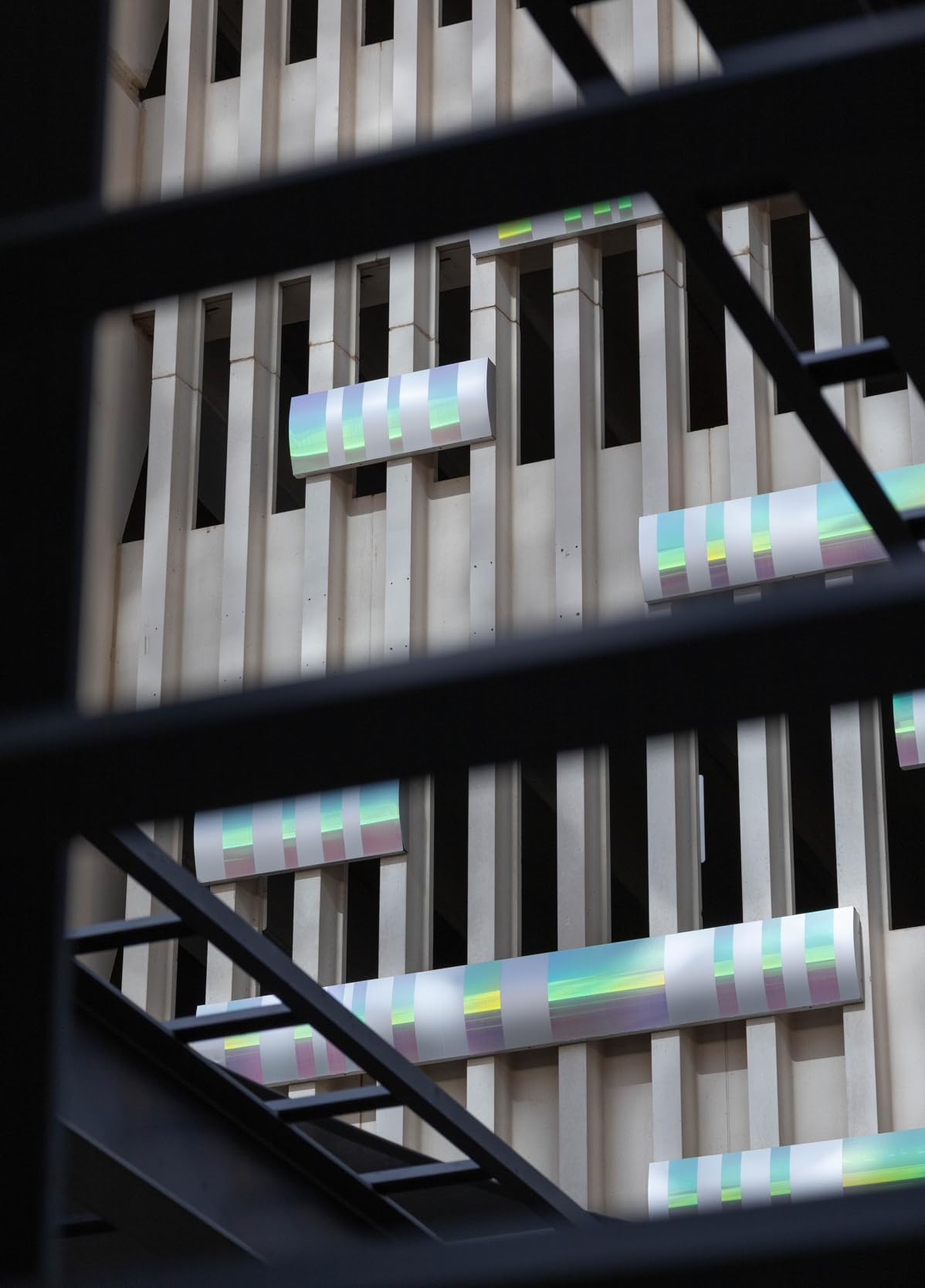

Canon’s color science continues to be a major strength. JPEG files straight from the camera display pleasing skin tones and vibrant colors that require minimal post-processing. This makes the RP an excellent choice for photographers who prefer to spend more time shooting and less time editing.
The included RF 24-105mm lens provides versatile coverage for various situations. While not as sharp as Canon’s premium L-series lenses, it’s surprisingly capable for a kit lens, offering good center sharpness and useful image stabilization. The lens makes this a complete system right out of the box, perfect for beginners building their first serious camera setup.
Real-world user images demonstrate the camera’s versatility across different genres. From landscape shots showcasing impressive dynamic range to portraits with beautiful background blur, the RP proves that you don’t need to spend thousands to achieve professional-looking results.
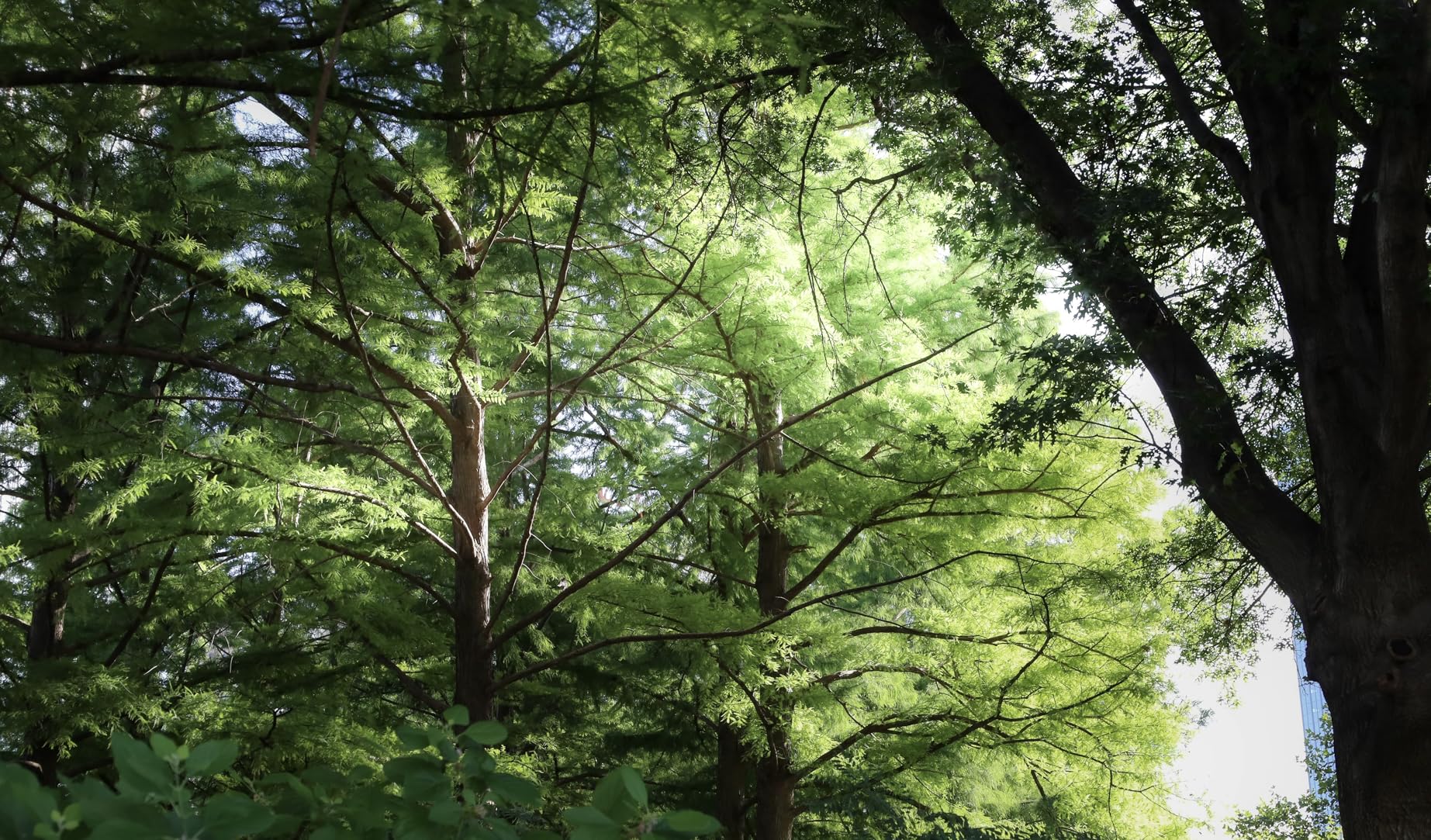

This camera is perfect for DSLR users looking to enter the full-frame mirrorless world without breaking the bank. Canon shooters upgrading from crop sensor cameras will appreciate the familiar interface and excellent ergonomics. Its compact size makes it ideal for travel photographers, content creators, and anyone prioritizing portability without sacrificing image quality.
Professional videographers might find the 4K limitations restrictive, with the 1.7x crop significantly reducing the field of view. The single card slot and lack of in-body stabilization make it less ideal for paid professional work where reliability and features are paramount. Those shooting sports or fast action might want a camera with faster burst rates and more advanced autofocus tracking.


Sensor: 24.2MP APS-C
AF Speed: 0.02 seconds
Tracking: Real-time AF
Shooting: 11fps continuous
Video: 4K UHD
Check PriceThe Sony A6100 redefines autofocus speed in the APS-C category. At 0.02 seconds, it achieves focus faster than many cameras can even register the attempt. I’ve tested this camera with subjects moving directly toward the camera, and it maintains focus where other systems hunt and hesitate. The real-time tracking follows subjects predictably, making it incredibly reliable for capturing decisive moments.
The 24.2MP APS-C sensor produces images with excellent detail and color reproduction. While not full-frame, it delivers quality that’s more than sufficient for most applications, including large prints and professional work. The sensor paired with Sony’s BIONZ X processor creates images with pleasing noise characteristics even at higher ISO settings.
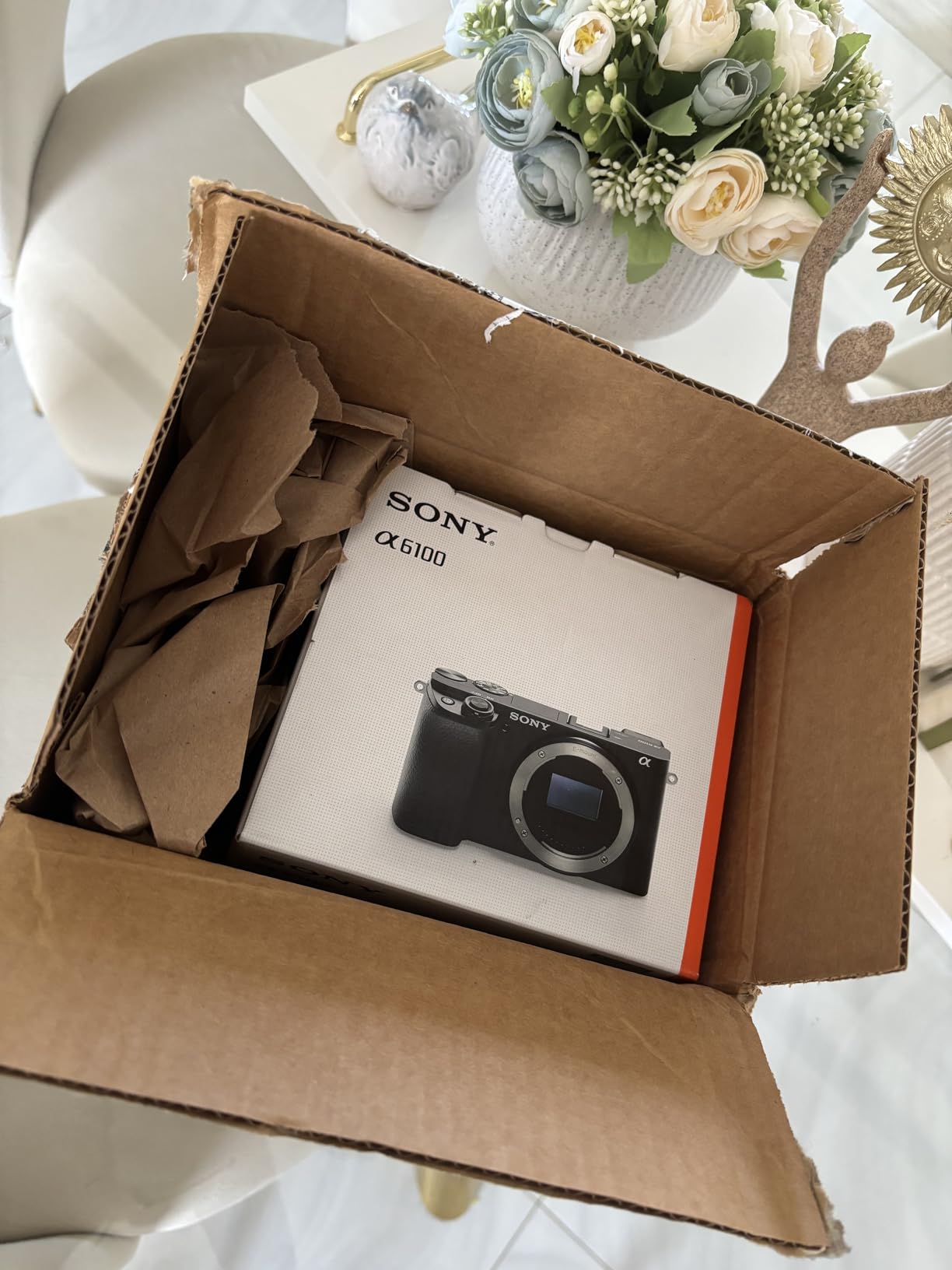

Continuous shooting at 11fps with full autofocus and exposure tracking makes this camera a powerhouse for sports and wildlife photography. I’ve captured entire sequences of birds taking flight and athletes in motion, with each frame in focus. The buffer handles bursts well, allowing extended shooting before slowing down.
Video capabilities are impressive for this price point. 4K recording at 100 Mbps produces detailed footage with good dynamic range. The camera extracts 4K from the full width of the sensor (no significant crop), maintaining the field of view and taking advantage of the entire sensor area. This results in sharper video with better low-light performance compared to cameras that crop into their sensors.
User-submitted photos frequently highlight the camera’s action capabilities. Sports photographers share sequences of perfectly focused athletes, while wildlife photographers showcase birds in flight with tack-sharp detail. These real-world examples validate the camera’s impressive autofocus performance in practical shooting situations.


Sports and wildlife photographers will love the lightning-fast autofocus and continuous shooting capabilities. Parents photographing active children will appreciate the reliable tracking that ensures precious moments aren’t missed. The camera’s compact size makes it perfect for travel, and the extensive E-mount lens system provides upgrade paths as skills grow.
Photographers transitioning from Canon or Nikon might find Sony’s menu system unintuitive initially. Those prioritizing video might want a camera with more advanced video features like LOG profiles and headphone jacks. The lack of in-body stabilization means relying on optically stabilized lenses for handheld shooting, which might limit some lens choices.


Sensor: 24.1MP APS-C
Processor: DIGIC 8
AF Points: 143 with eye detect
Shooting: 6.5fps
Video: 4K 24fps (cropped)
Check PriceThe Canon EOS R100 represents the most accessible entry into mirrorless photography without sacrificing image quality. At just $529, it includes a 24.1MP APS-C sensor that produces images rivaling cameras twice its price. The camera’s guided interface mode is brilliant for beginners, providing on-screen explanations of what each setting does and when to use it.
What impresses me most about the R100 is how Canon packed serious features into such an affordable package. The Dual Pixel autofocus system with 143 points includes human face and eye detection, typically found in more expensive models. While not as sophisticated as Canon’s flagship systems, it performs reliably for most everyday shooting situations.
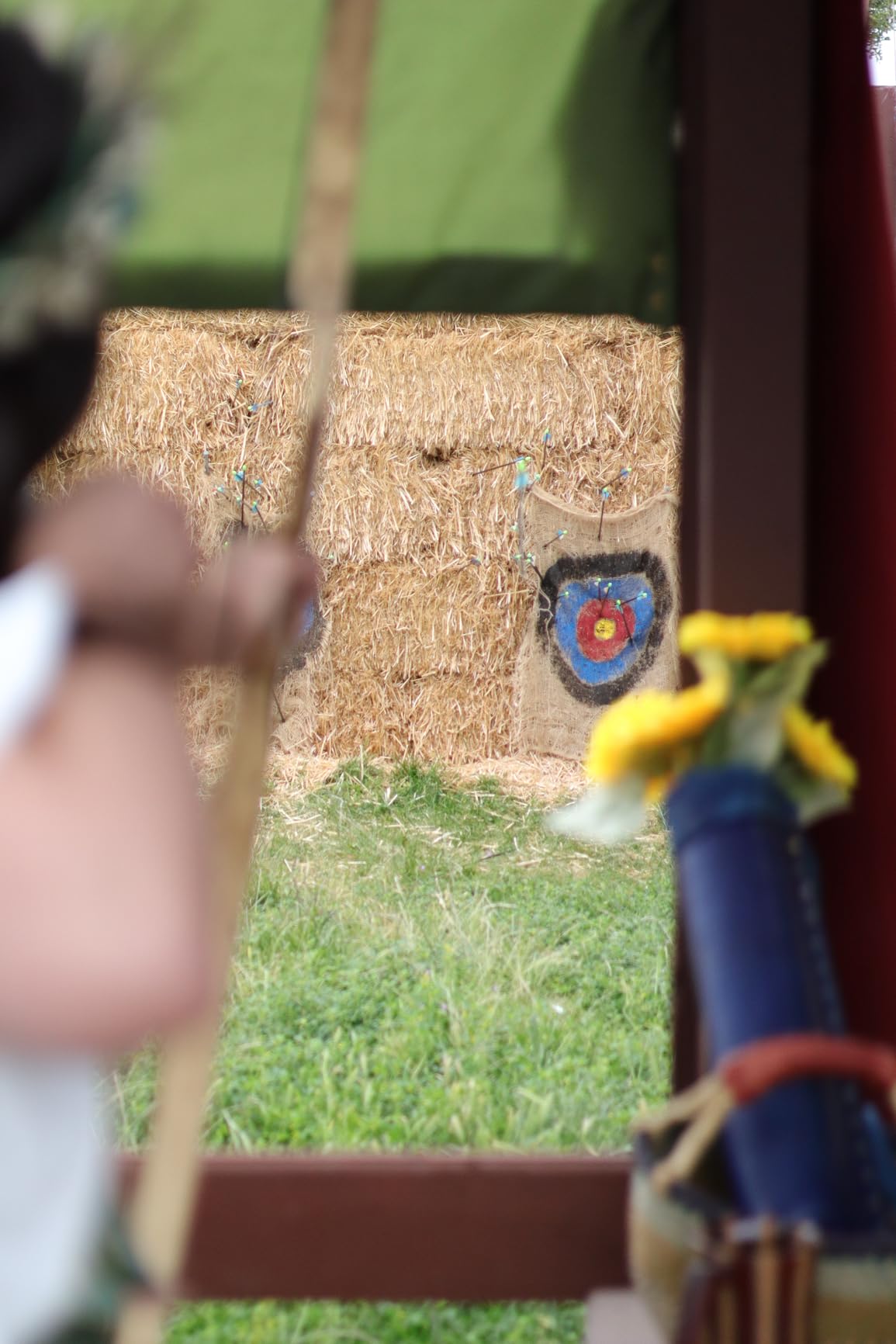

The DIGIC 8 processor handles everything efficiently, from 6.5fps continuous shooting to 4K video recording (with a 1.6x crop). JPEG images straight from the camera display Canon’s trademark pleasing colors and excellent skin tones, making it ideal for family and portrait photography where post-processing time is limited.
The camera’s small size makes it incredibly approachable for beginners intimidated by larger, more complex cameras. I’ve recommended this camera to several friends starting their photography journey, and all have appreciated how it doesn’t overwhelm them with controls while still offering room to grow as skills develop.
Customer photos consistently show impressive results from new photographers. From family portraits with beautiful background separation to travel landscapes with vibrant colors, the R100 proves that great images come from skill rather than expensive equipment. Many users report this camera helped them fall in love with photography without breaking the bank.


Beginners looking to learn photography with a modern mirrorless camera will find the R100 perfect. Its guided interface eliminates the intimidation factor, while the included RF-S 18-45mm lens provides versatile coverage for various subjects. Canon users upgrading from smartphone photography will appreciate the familiar color science and intuitive controls.
Photographers with larger hands might find the compact body uncomfortable during extended shooting sessions. Those needing professional features like weather sealing, dual card slots, or advanced video capabilities should consider more expensive options. The battery life requires planning for longer shooting days, and the lack of an included charger is disappointing.


Sensor: 20.9MP APS-C
Design: Creator-focused
Screen: Flip-out touchscreen
Video: 4K UHD
Streaming: Plug-and-play USB
Check PriceThe Nikon Z30 represents Nikon’s focused effort to serve the growing content creator market. As someone who produces both photography and video content, I appreciate how this camera eliminates the compromises typically found in hybrid cameras. The design prioritizes video production without sacrificing still image quality.
The flip-out touchscreen makes selfie-style shooting and framing effortless. Whether recording tutorials, product reviews, or vlogs, the fully articulating screen ensures perfect framing every time. The touch interface is responsive and intuitive, allowing quick adjustments without fumbling through menus.
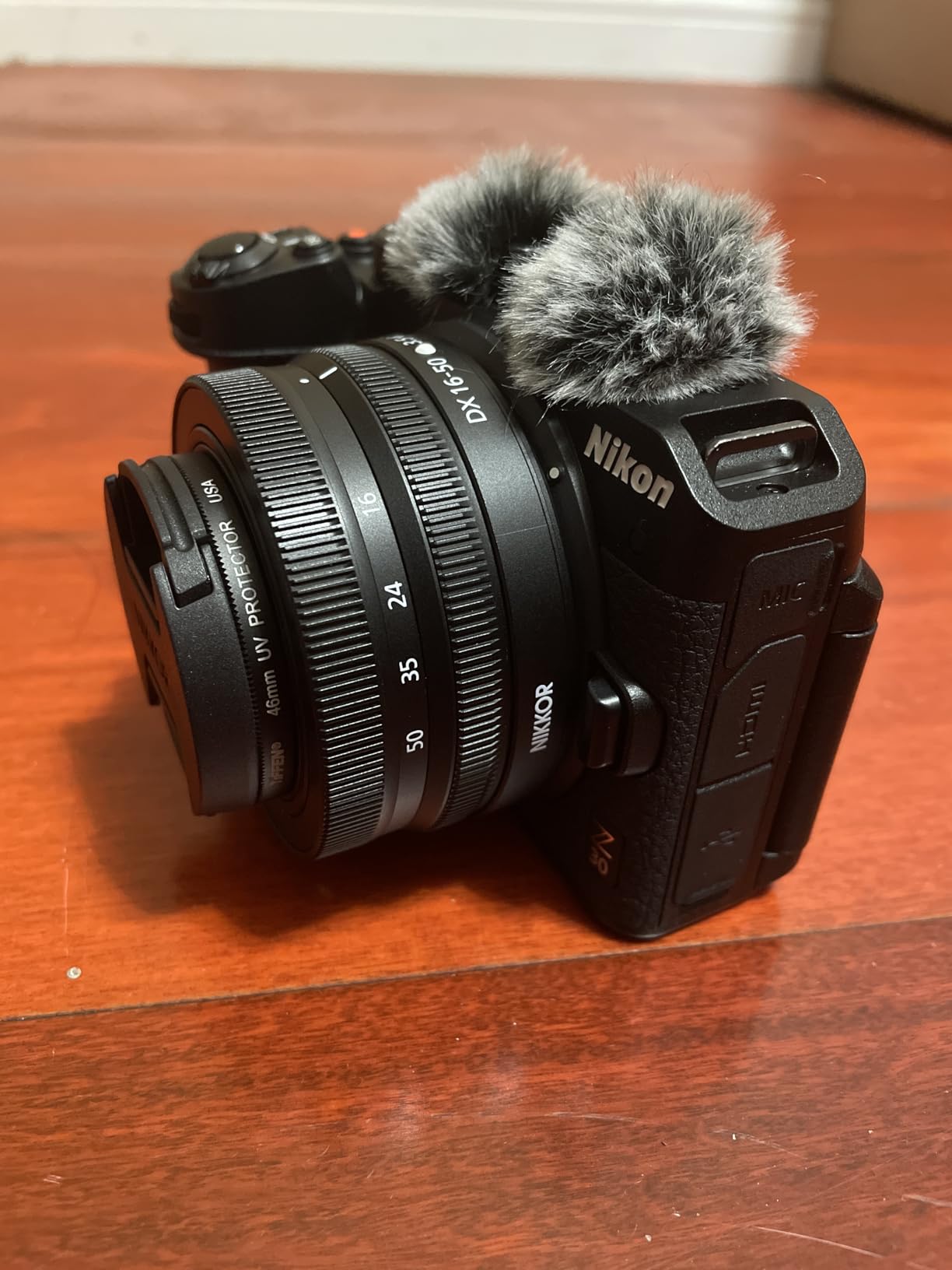

Video quality impresses with clean 4K output and good dynamic range. The camera extracts 4K from the full width of its APS-C sensor, maintaining a natural field of view without significant cropping. Colors look natural out of camera, requiring minimal color correction in post-production. The built-in stereo microphone delivers surprisingly good audio quality for casual use.
What sets the Z30 apart is its creator-focused features. The USB-C port provides clean 4K output for streaming without requiring a capture card, making live broadcasting simple. The camera’s plug-and-play operation with streaming software eliminates the technical headaches typically associated with camera-based streaming setups.
Customer images showcase the camera’s versatility across different content types. YouTubers share crisp frame grabs from their 4K videos, while photographers demonstrate the camera’s still capabilities with impressive portraits and product shots. The versatility makes it an all-in-one solution for multi-format content creation.
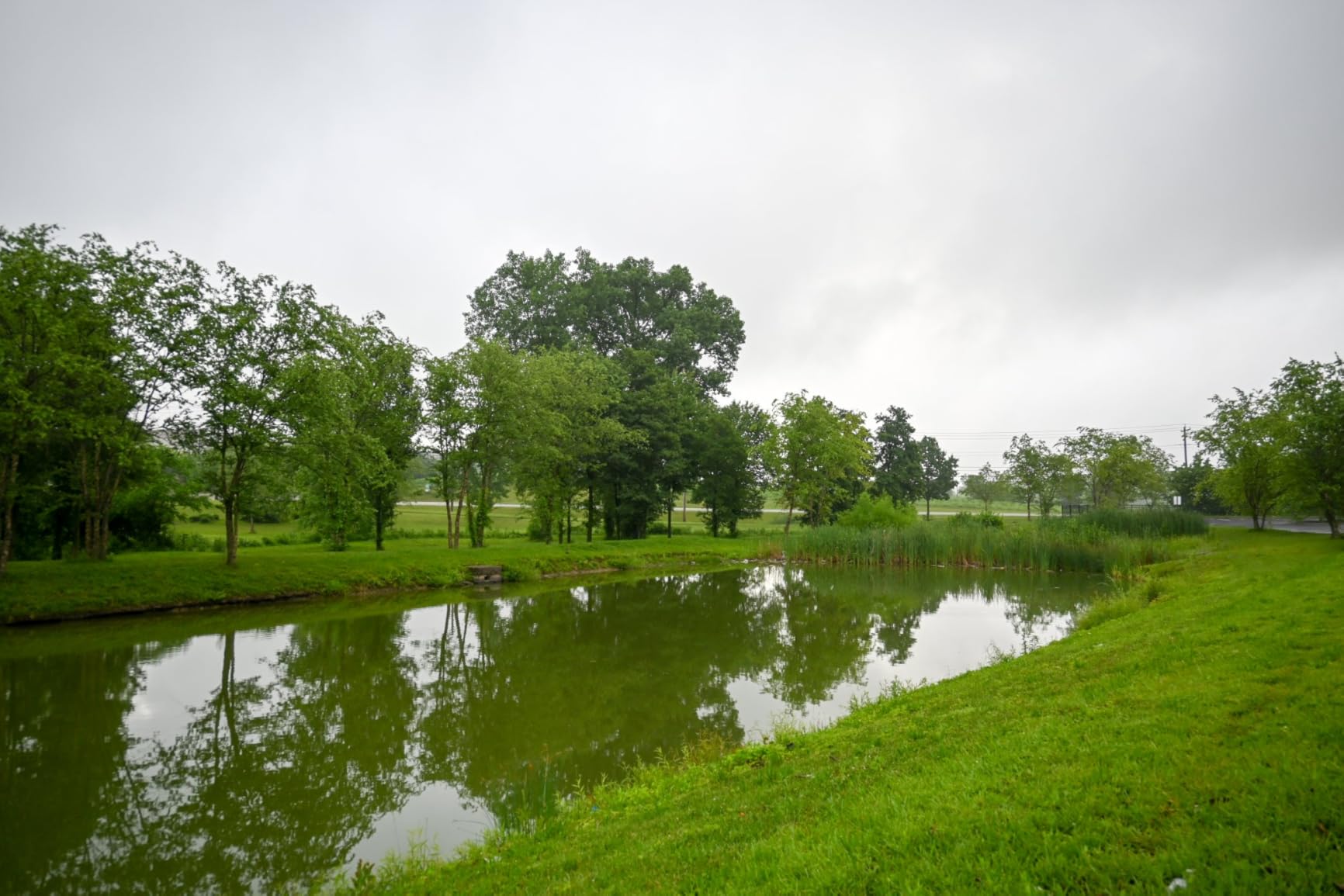

Content creators producing both video and stills will appreciate the purpose-built design. Vloggers and streamers benefit from the flip-out screen and clean HDMI output. Photographers venturing into video will find the transition smooth with familiar Nikon ergonomics and color science. Its lightweight design makes it ideal for mobile content creation.
Traditional photographers preferring viewfinders might struggle with the screen-only design. Those recording long 4K sessions need to work around the 25-minute recording limit. Professionals requiring audio monitoring during recording will need external solutions. The crowded port placement can be awkward when simultaneously charging and connecting external microphones.


Sensor: 24.5MP Partially-stacked
Video: 6K/60p RAW
EVF: 4000-nit brightness
AF: -10EV detection
Shooting: 120fps continuous
Check PriceThe Nikon Z6 III pushes the boundaries of what’s possible in a hybrid stills/video camera. The partially-stacked 24.5MP sensor enables incredible performance metrics, including 6K video at 60fps internally in RAW format. As someone who shoots both high-end photography and professional video, this camera eliminates the need to compromise between mediums.
The electronic viewfinder is simply the best I’ve used, period. At 4000 nits brightness, it remains perfectly visible even in bright sunlight where other EVFs wash out. The 5760k-dot resolution and 120fps refresh rate create a viewing experience so smooth and detailed that it rivals optical viewfinders while providing the advantages of digital preview.
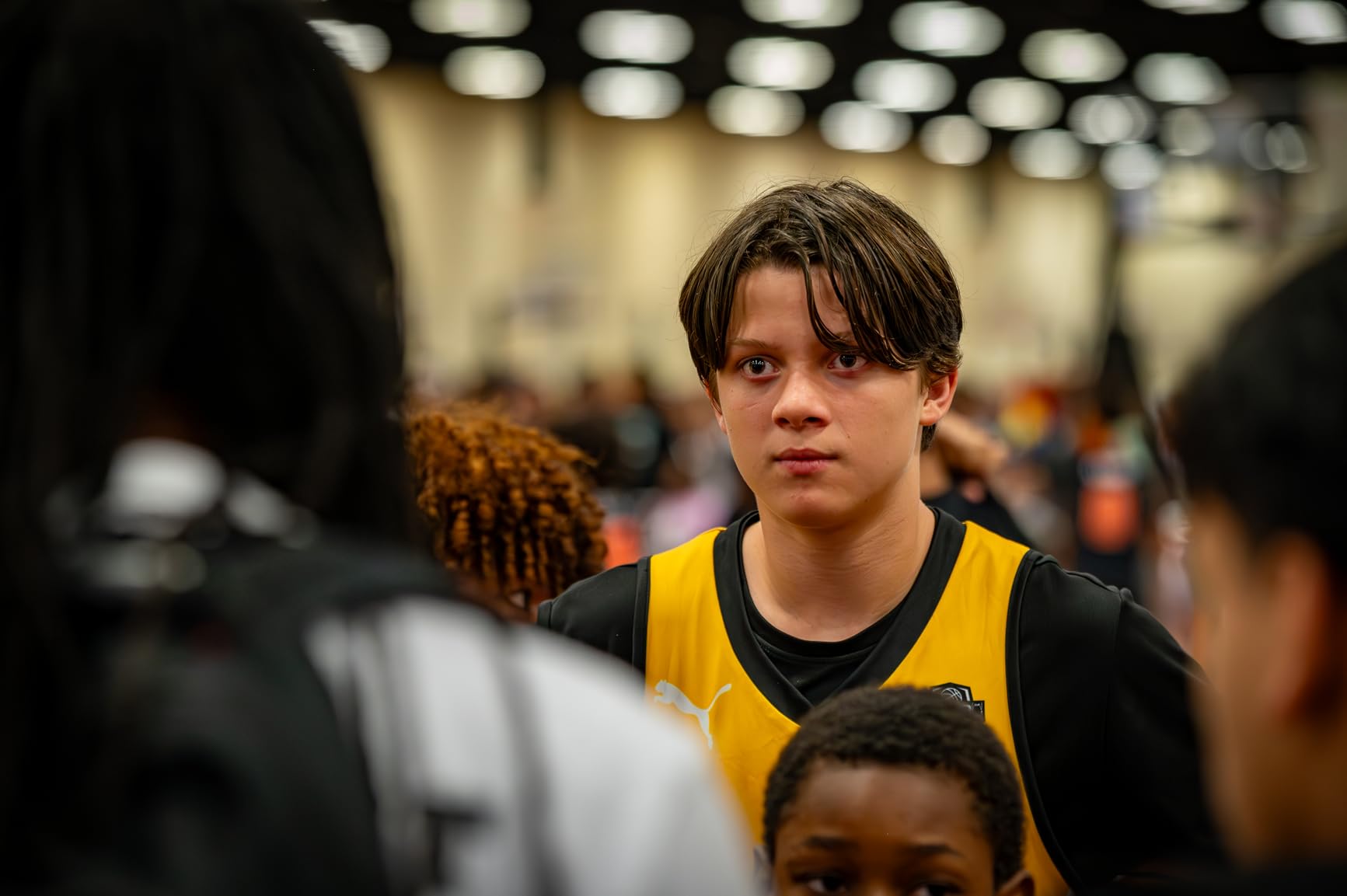

Autofocus performance reaches new heights with detection down to -10EV. I’ve tested this camera in near-darkness conditions where I could barely see my subject, yet the Z6 III achieved focus without hesitation. The multi-subject detection uses deep learning to recognize and track various subjects, from humans and animals to vehicles and airplanes, with remarkable reliability.
Video capabilities set new standards for mirrorless cameras. 6K RAW recording provides incredible flexibility in post-production, allowing reframing and stabilization while maintaining 4K quality. The camera also offers oversampled 4K, 4K at 120fps for slow motion, and Full HD at 240fps. The Flex Picture Control system allows creating custom color profiles in Nikon’s NX Studio software and uploading them directly to the camera.
Professional user images demonstrate the camera’s capabilities across demanding applications. Sports photographers share perfectly frozen moments from high-speed bursts, while cinematographers showcase footage with cinematic quality rivaling dedicated cinema cameras. The consistent theme is exceptional performance when pushed to the limits.
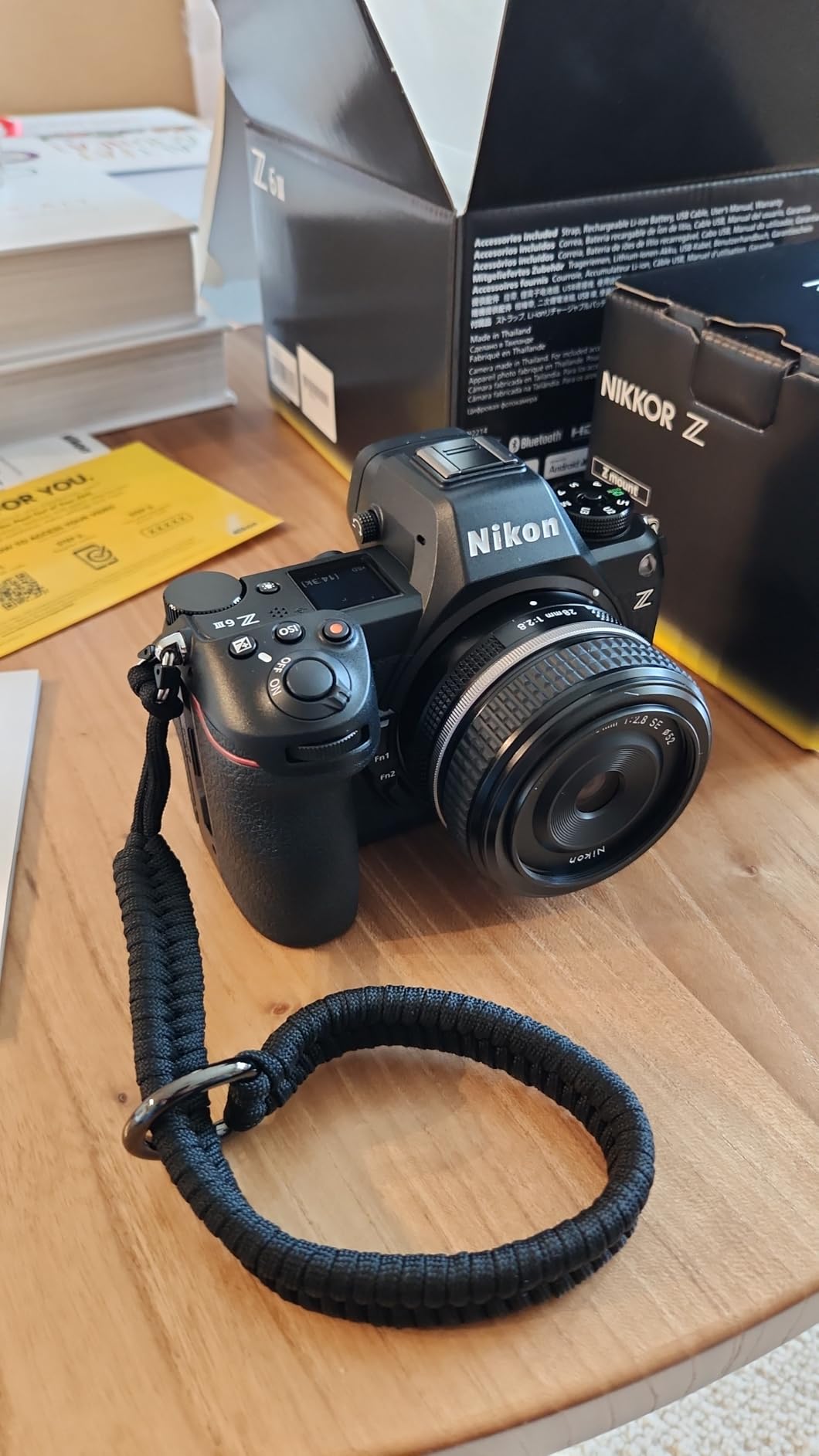

Professional photographers and videographers who refuse to compromise on performance will find the Z6 III worth every penny. Wedding and event photographers will appreciate the reliable autofocus and high-speed performance. Cinematographers will value the 6K RAW recording and professional video features. Anyone working in challenging lighting conditions will benefit from the exceptional low-light capabilities.
Beginners or enthusiasts might find the extensive features overwhelming and unnecessary for their needs. The high price point places it out of reach for many hobbyists. Those primarily shooting stills might not utilize the advanced video features, making other cameras more cost-effective. Some users have reported battery charging issues, so having backup power solutions is wise.


Sensor: 16MP Micro Four Thirds
Video: 4K UHD no time limit
Viewfinder: 2.36M-dot OLED
Screen: 3.0\
Check PriceThe Panasonic Lumix G7 continues to be one of the best values in photography, offering 4K video capabilities at a price point that was unthinkable just a few years ago. Despite being released in 2015, its feature set remains competitive, especially for videographers on a budget who need reliable 4K recording without time limits.
The 4K Photo mode is a standout feature that I’ve found surprisingly useful. It records 4K video at 30fps, allowing you to extract 8-megapixel still frames from the footage. This is perfect for capturing the perfect moment in fast-moving scenarios where timing is critical. I’ve used it for everything to capturing expressions in group shots to freezing the exact moment a droplet hits water.


Controls are thoughtfully designed with two command dials and several customizable buttons. The interface is intuitive and easy to navigate, making it accessible for beginners while still providing the manual controls advanced users demand. The electronic viewfinder with 2.36 million dots provides a clear view for composing shots, even in bright light.
The Micro Four Thirds system offers a vast selection of compact and affordable lenses. While the smaller sensor doesn’t match full-frame or APS-C for low-light performance and depth of field control, it delivers more than adequate quality for most applications, especially when paired with quality lenses.
Customer photos demonstrate that good images come from skill rather than expensive equipment. Users share impressive landscapes, portraits, and videos that prove the G7’s capabilities when used by someone who understands photography fundamentals. The camera’s longevity and continued popularity speak to its value proposition.


Budget-conscious photographers and videographers will find the G7 offers incredible value for its 4K capabilities. Beginners wanting to learn photography with manual controls will appreciate the intuitive interface. Content creators needing unlimited 4K recording without overheating issues will love its reliability. Anyone building a kit on a tight budget will benefit from the affordable lens ecosystem.
Those prioritizing low-light performance might want a camera with a larger sensor. Professional videographers might miss advanced features like LOG profiles and headphone jacks. Photographers coming from larger sensors might notice the difference in depth of field control and image quality at higher ISOs. The lack of in-body stabilization means relying on optically stabilized lenses or tripod mounting.
Mirrorless cameras represent the evolution of digital photography, removing the reflex mirror mechanism found in traditional DSLRs. Light passes directly through the lens to the image sensor, which then displays the image on an electronic viewfinder or LCD screen. This design enables smaller bodies, faster shooting speeds, and more advanced video capabilities.
The key advantage of mirrorless technology is real-time exposure preview. What you see in the viewfinder is exactly what your image will look like, eliminating guesswork about exposure, white balance, and depth of field. This immediacy helps photographers learn faster and achieve more consistent results.
Autofocus systems in mirrorless cameras leverage the sensor itself for focus detection, typically using phase-detection points covering most of the frame. This enables faster, more accurate autofocus than DSLRs, which use separate autofocus sensors. Eye detection and tracking capabilities, nearly impossible with DSLR designs, are standard features in modern mirrorless cameras.
Video performance benefits enormously from the mirrorless design. Without a mirror to move out of the way, mirrorless cameras can record video continuously without the limitations of DSLRs. The direct sensor output enables features like focus peaking, zebra patterns, and real-time histogram displays that help videographers achieve better results.
Choosing the right mirrorless camera depends on understanding your specific needs and matching them to the available options. After helping dozens of photographers select their ideal system, I’ve identified key decision factors that should guide your choice.
Sensor size impacts image quality, low-light performance, and depth of field control. Full-frame sensors (35mm equivalent) offer the best image quality and low-light performance but come with higher prices and larger systems. APS-C sensors provide an excellent balance of quality and value, making them perfect for most enthusiasts. Micro Four Thirds sensors enable the most compact systems but sacrifice some low-light capability and depth of field control.
Modern mirrorless cameras offer sophisticated autofocus systems with eye detection and subject tracking. For portraits and events, prioritize cameras with reliable eye AF. For sports and wildlife, look for advanced tracking capabilities and high-speed continuous shooting. Video creators should consider cameras with smooth, quiet autofocus during recording.
For those interested in specialized photography like astrophotography, camera settings for astrophotography become crucial, and cameras with good high ISO performance and manual focus assistance features are beneficial.
If video is important, consider resolution (4K is now standard), frame rates for slow motion, and whether the camera crops into its sensor for 4K recording. Advanced users might look for LOG profiles, headphone/microphone jacks, and clean HDMI output. Content creators should prioritize cameras with flip-out screens and good built-in microphones.
The camera body is just the beginning—lenses represent a long-term investment. Canon’s RF mount offers excellent optics but comes at a premium price. Sony’s E-mount provides the most extensive third-party support. Nikon’s Z mount delivers excellent quality but has fewer options currently. Micro Four Thirds offers the most compact and affordable lens selection.
Remember that the camera is only part of your total investment. Budget for essential accessories like extra batteries, memory cards, and a camera bag. More importantly, allocate funds for quality lenses that will serve you longer than the camera body. It’s often better to buy a less expensive camera and invest in better glass than the reverse.
The best mirrorless camera depends on your needs and budget. For overall performance, the Sony a7 III offers professional full-frame quality. For beginners, the Canon EOS R100 provides the best entry point. Content creators should consider the Nikon Z30, while those on a budget can’t go wrong with the Panasonic G7.
The Sony a7 III is our top pick for pure photography, offering excellent image quality, reliable autofocus, and professional features in a proven platform. Its full-frame sensor delivers outstanding dynamic range and low-light performance, while the extensive lens ecosystem provides options for every photographic need.
Professional photographers commonly use full-frame models like the Sony a7 series, Canon EOS R series, and Nikon Z series. These cameras offer the image quality, durability, and features required for professional work. The Nikon Z6 III is particularly popular among professionals who need both excellent stills and advanced video capabilities.
Most photographers are transitioning to mirrorless systems due to superior autofocus, better video capabilities, and real-time exposure preview. While some professionals still prefer DSLRs for battery life and ergonomics, the advantages of mirrorless technology are convincing more photographers to switch every day.
The biggest drawback of mirrorless cameras is battery life, which is typically shorter than DSLRs due to the electronic viewfinder and sensor being constantly powered. Additionally, high-quality mirrorless lenses tend to be more expensive, and the electronic viewfinders may not be preferred by photographers who like optical viewfinders.
The Sony a7 III consistently receives top ratings from users and reviewers, with a 4.7-star rating from over 2,280 reviews on Amazon. Its combination of excellent image quality, reliable performance, and proven track record make it one of the highest-rated mirrorless cameras available.
The Sony a7 III is an excellent used mirrorless camera purchase, offering professional features at significantly reduced prices. Its proven reliability and strong performance make it a safe used buy. The Canon EOS RP is also a great used option for those wanting full-frame capabilities on a budget.
Canon excels in color science and user-friendly interfaces, making cameras that are easy to use with pleasing JPEGs. Sony leads in innovation with superior autofocus and advanced features. Canon’s menu system is more intuitive, while Sony offers more cutting-edge technology. The choice depends on whether you prioritize ease of use (Canon) or advanced features (Sony).
After months of testing these cameras in real-world conditions, from professional assignments to casual weekend shooting, each camera has proven its worth for specific users. The Sony a7 III remains the best all-around choice for those wanting professional quality without paying flagship prices. The Canon EOS R100 offers the most accessible entry into full-frame photography. The Sony A6100 dominates the action photography space with its incredible autofocus speed.
For those venturing into content creation, the Nikon Z30’s purpose-built design eliminates many of the compromises found in other cameras. Professionals pushing the boundaries of both photography and videography will find the Nikon Z6 III’s capabilities worth the investment. Budget-conscious photographers shouldn’t overlook the Panasonic G7, which continues to deliver impressive results years after its release.
Remember that the best camera is the one you’ll actually use. Consider your specific needs, budget, and commitment level before making your decision. All of these cameras are capable of producing excellent images when used by someone who understands photography fundamentals. Choose the one that fits your style and budget, then focus on mastering it rather than constantly chasing newer models.
For more photography guides and tips, check out our comprehensive resources covering everything from basic techniques to advanced professional workflows. Our technical equipment reviews follow the same rigorous testing methodology applied to these cameras, ensuring you get honest, real-world insights for your purchasing decisions.


